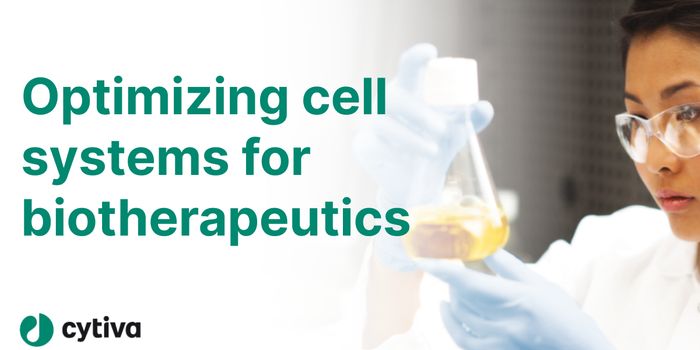USDA Will not Regulate Crops Edited by CRISPR
The USDA will not be regulating crops that are modified using the CRISPR gene editing tool, they announced in a statement. CRISPR allows for targeted edits to be made in any genome, and while the technique can be used to introduce new genetic material, the USDA has stipulated that unregulated changes cannot add foreign DNA. They have already allowed the development of several crops that have been changed by CRISPR to move forward.
“With this approach, USDA seeks to allow innovation when there is no risk present,” said U.S. Secretary of Agriculture Sonny Perdue. “At the same time, I want to be clear to consumers that we will not be stepping away from our regulatory responsibilities. While these crops do not require regulatory oversight, we do have an important role to play in protecting plant health by evaluating products developed using modern biotechnology. This is a role USDA has played for more than 30 years, and one I will continue to take very seriously, as we work to modernize our technology-focused regulations.”
CRISPR can be easily used to make small changes that could be hugely beneficial. These modifications might make crops resistant to drought, or more productive. Such changes might also reduce the use of fertilizers that can harm the environment. The tool can be used in ways that do not make dramatic changes and instead, can benefit us all.
“Plant breeding innovation holds enormous promise for helping protect crops against drought and diseases while increasing nutritional value and eliminating allergens,” Perdue continued. “Using this science, farmers can continue to meet consumer expectations for healthful, affordable food produced in a manner that consumes fewer natural resources. This new innovation will help farmers do what we aspire to do at USDA: do right and feed everyone.”
One food product that has been altered with CRISPR and was given the go-ahead is a mushroom that won’t turn brown as quickly. Another is corn that is resistant to drought, developed by DuPont. They used transgenic corn for their initial findings, then were able to use what they knew to make the right change with CRISPR. Scientists have also identified other potential changes might be made in tomatoes.
It seems likely that sooner or later, a food product modified with the CRISPR editing tool will be on shelves. You can see an animation of how CRISPR works in the video above, by Visual Science.
Sources: USDA, Chemical & Engineering News









